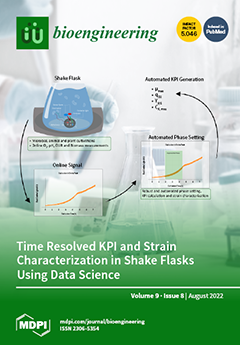The homeodomain-leucine zipper (HDZIP) is an important transcription factor family, instrumental not only in growth but in finetuning plant responses to environmental adversaries. Despite the plethora of literature available, the role of HDZIP genes under chewing and sucking insects remains elusive. Herein, we
[...] Read more.
The homeodomain-leucine zipper (HDZIP) is an important transcription factor family, instrumental not only in growth but in finetuning plant responses to environmental adversaries. Despite the plethora of literature available, the role of HDZIP genes under chewing and sucking insects remains elusive. Herein, we identified 40
OsHDZIP genes from the rice genome database. The evolutionary relationship, gene structure, conserved motifs, and chemical properties highlight the key aspects of
OsHDZIP genes in rice. The
OsHDZIP family is divided into a further four subfamilies (i.e., HDZIP I, HDZIP II, HDZIP III, and HDZIP IV). Moreover, the protein–protein interaction and Gene Ontology (GO) analysis showed that
OsHDZIP genes regulate plant growth and response to various environmental stimuli. Various microRNA (miRNA) families targeted HDZIP III subfamily genes. The microarray data analysis showed that
OsHDZIP was expressed in almost all tested tissues. Additionally, the differential expression patterns of the
OsHDZIP genes were found under salinity stress and hormonal treatments, whereas under brown planthopper (BPH), striped stem borer (SSB), and rice leaf folder (RLF), only
OsHDZIP3,
OsHDZIP4,
OsHDZIP40,
OsHDZIP10, and
OsHDZIP20 displayed expression. The qRT-PCR analysis further validated the expression of
OsHDZIP20,
OsHDZIP40, and
OsHDZIP10 under BPH, small brown planthopper (SBPH) infestations, and jinggangmycin (JGM) spraying applications. Our results provide detailed knowledge of the
OsHDZIP gene family resistance in rice plants and will facilitate the development of stress-resilient cultivars, particularly against chewing and sucking insect pests.
Full article






